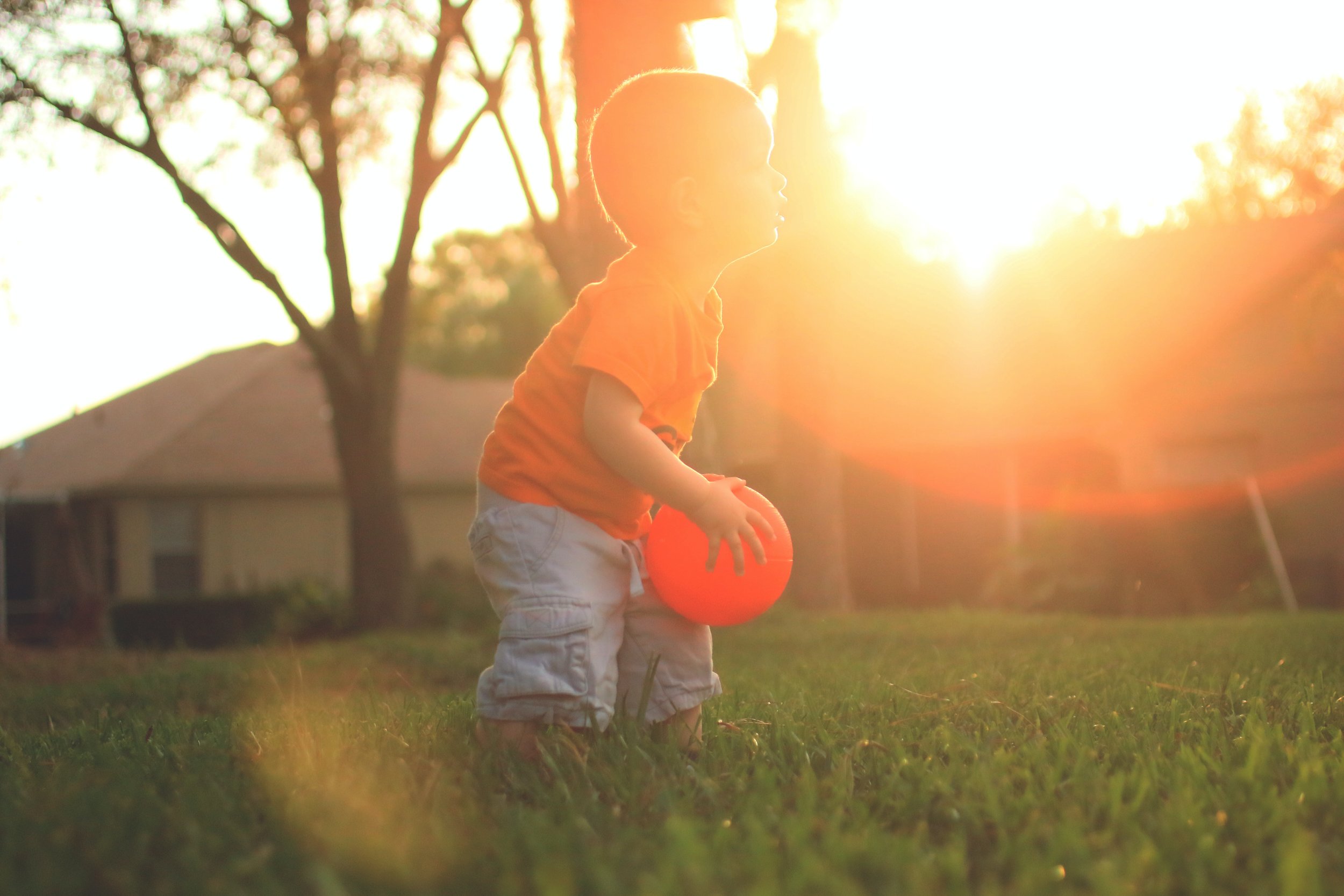Development of Motor Skills For Young Learners
The development of a child’s motor skills functions are one of the most important development for young learners. Unfortunately in many cases it is an afterthought in a child’s education period.
In this blog we will cover some key things educators, especially primary and kindergarten educators, should be aware of.
The topics are:
What are Motor Skills?
Gross Motor Skills Tips
Fine Motor Skills Tips
What are Motor Skills?
Motor skills are the building blocks of a child's physical development. There are two types of motor skills that needs developing over time.
Gross Motor Skills: This involve the large muscles in the body and are critical for everyday activities like running, jumping, and climbing. As young learners, children must hone their gross motor skills to become strong and healthy adults. Gross motor skills activities are normally cemented in the brain once acquired.
Fine Motor Skills: Fine motor skills refer to the ability of using small muscles in the hands, fingers, and wrists to allow small, precise movements. These skills are essential for young learners, as they allow them to do a range of activities, from drawing and writing to buttoning clothes and tying shoes. If fine motor skills are not used over time, they will be forgotten and will have to be re-learnt.
Gross Motor Skills Tips & Strategies
Below are some tips to aid a child’s development of their gross motor skills. This is not an exhaustive list and we always recommend looking at strategies that are best for the learner.
Physical Activity: The best way to develop gross motor skills is through physical activity. Encourage learners to engage in activities like running, jumping, skipping, and hopping. These activities strengthen their leg muscles and improve their balance. These activities can be made more fun by adding a spark of competitiveness in when practising them. For example, an educator can see ask the learners to run from one side to another, timing each learner. The educator can then give the winner a prize.
Outdoor Play: Outdoor play is an excellent way to develop gross motor skills in young children. Playing on playground equipment like swings, slides, and climbing frames can help children develop the skills they need for an active lifestyle.
Dance and Movement Activities: Dance and movement activities like marching, twirling, and stomping are not only fun and entertaining, but it also help young learners to develop their coordination and balance. Encourage the learners to explore different movements and styles of dance.
Obstacle Course: Creating an obstacle course with tunnels, cones, and balance beams is a fun way to develop gross motor skills in young children. Obstacle courses help children improve their agility, balance, and coordination.
Ball Games: Ball games like football, basketball, and volleyball develop hand-eye coordination and spatial awareness. Playing ball games with young children is a fun way to hone their gross motor skills.
Fine Motor Skills Tips & Strategies
Fine motor skills are essential for a child to be able to become independent, as it develops their ability to use their small muscles. It is important that fine motor skills are constantly tuned in order that the small muscles continually develop as if a learner stops using these fine motor skills for an extended period of time, they will gradually regress in their ability of using these small muscles.
Offer a Variety of Materials: Young learners need to explore various textures, shapes, and sizes of materials to develop their fine motor skills. Offer a range of materials, such as playdough, beads, buttons, and feathers, for learners to manipulate and create with.
Encourage Finger Exercises: Finger exercises can significantly help in developing fine motor skills. Encourage do simple exercises, such as squeezing a stress ball or playing with finger puppets, to strengthen their fingers and improve dexterity.
Practice Scissor Skills: Scissor skills are an essential part of developing fine motor skills in young learners. Provide learners with blunt-edged scissors to practice cutting out shapes and lines. Ensure that they practice proper scissor grip and safety.
Engage in Drawing and Writing Activities: Drawing and writing activities not only promote creativity but also help in developing fine motor skills. Encourage learners to draw shapes and lines, practice writing letters and numbers, and color within boundaries to improve their hand-eye coordination and control.
Play Games and Puzzles: Games and puzzles that require manipulation of small pieces such as jigsaw puzzles and matching games, can aid in developing fine motor skills. These games help learners in developing the ability to grasp, hold, and manipulate small objects.
Conclusion
Developing both fine and gross motor skills is essential for a healthy development for any child. Both educators and parents play a crucial role in development of these motor skills.
Developing fine motor skills is crucial for young learners' growth and development. By offering a range of materials, engaging in finger exercises, practicing scissor skills, engaging in drawing and writing activities, and playing games and puzzles, educators can improve learners fine motor skills. Incorporating these tips and strategies into the classroom or home environment can help young learners build the necessary skills for future success.
Developing gross motor skills in young children is crucial for their overall health and well-being. Encourage physical activity, outdoor play, dance and movement activities, ball games, yoga, and obstacle courses to help the learners build gross motor skills. These activities not only develop their physical abilities but also foster their cognitive and social-emotional development.
For further reading and aid in different strategies to develop motor skills within younger learners, as well as consequences for failure of development, as well as a deeper knowledge on motor skills, click the link below to go to our training on development of motor skills.





